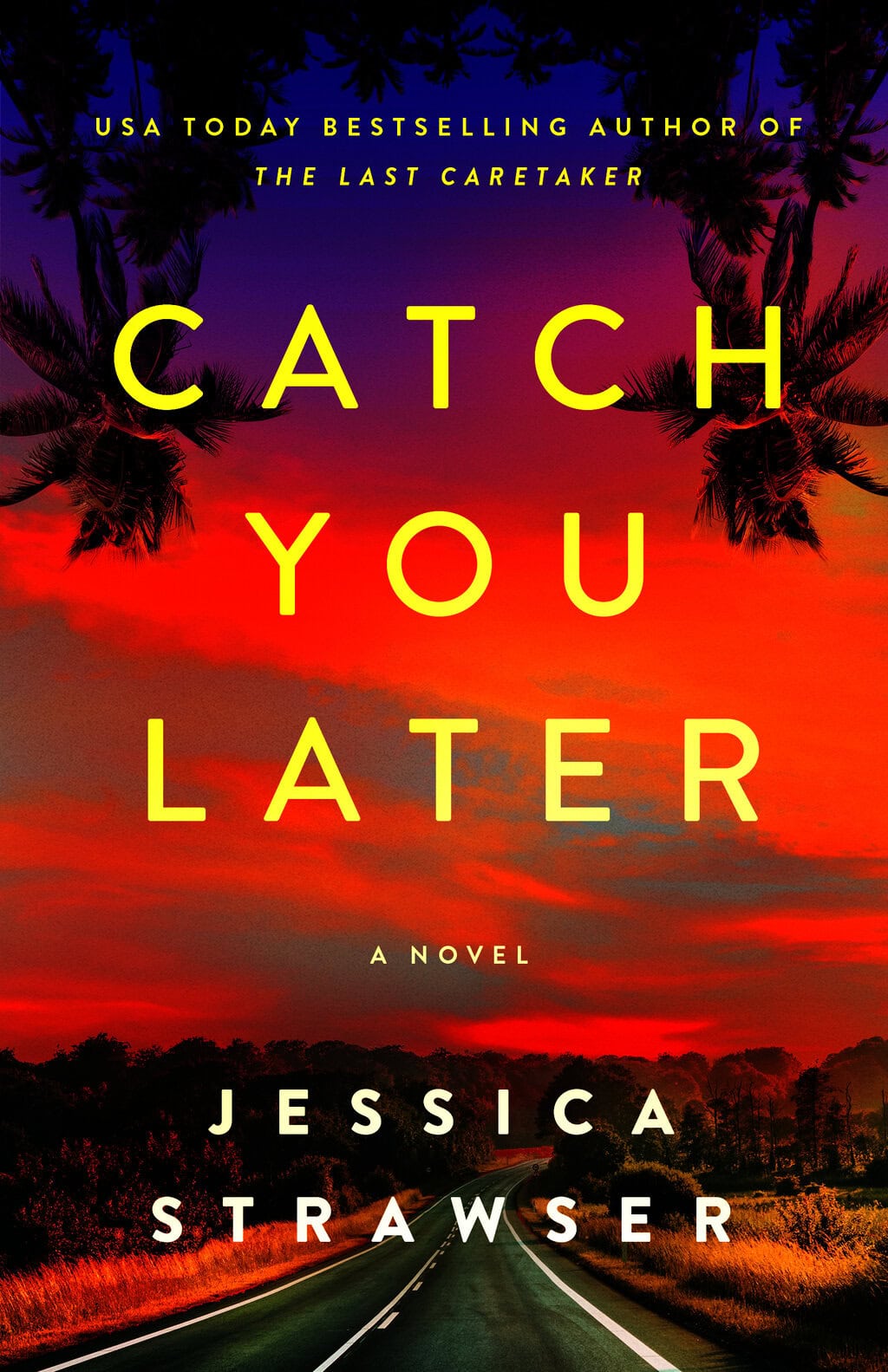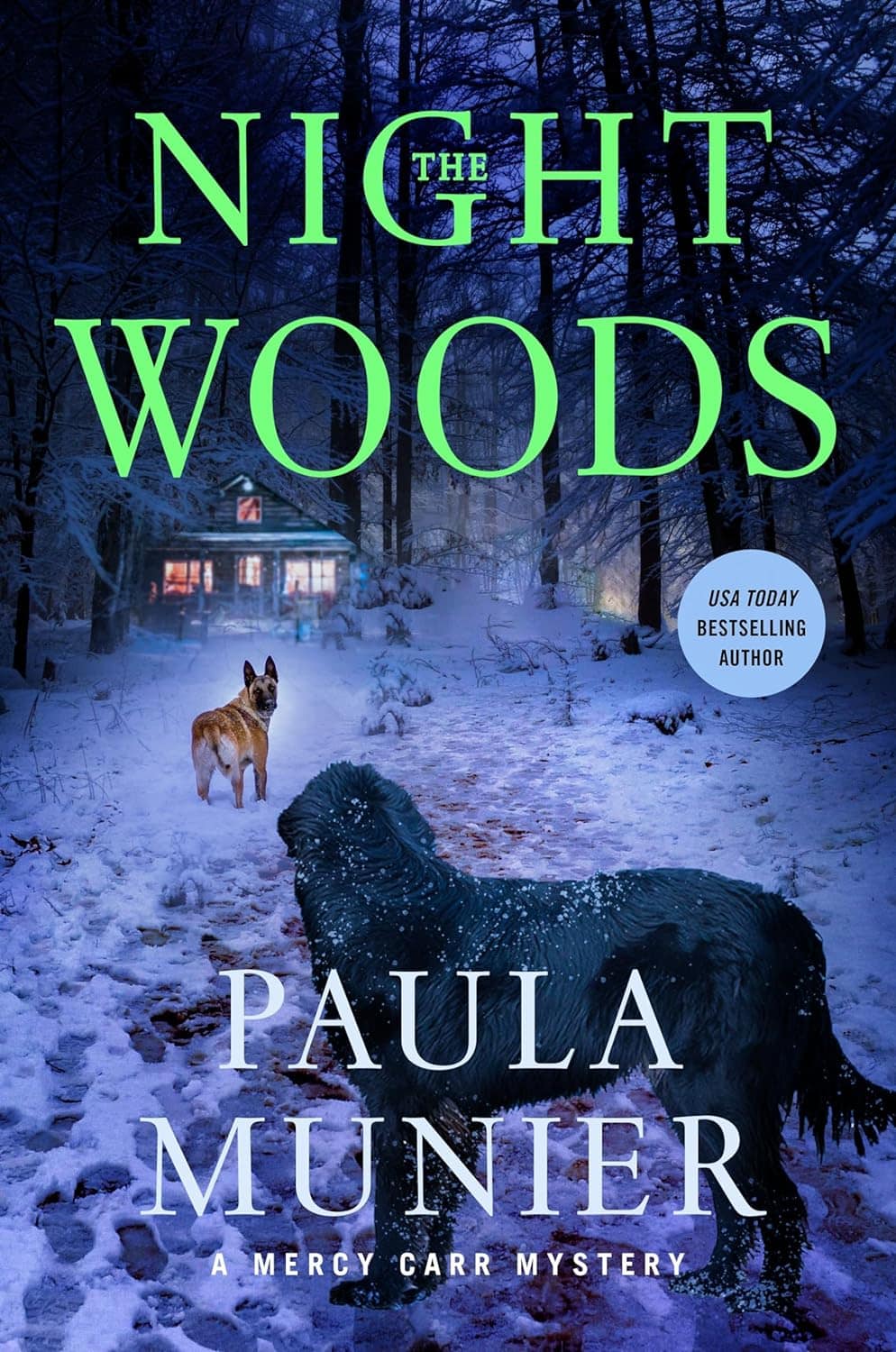Not to bait-and-switch you, but authors don’t really want to “trick” readers—a tricked reader may get annoyed and not buy an author’s next book. Instead, novelists want to manipulate readers for the optimal narrative experience. They slyly set things up. These manipulations are not cheats. It’s the art of misdirection, and they are literary Houdinis. When finishing their books, readers should sigh with satisfaction, perhaps uttering, “I didn’t see that coming!”
Warning: This post includes plot spoilers to numerous novels: The Murder of Roger Ackroyd, The Third Man, The Death of Mrs. Westaway, Where the Crawdads Sing, Rebecca and The Silent Patient. If you haven’t read these books, go read them, then immediately return and read this post.
Here are a few crafty ways storytellers mess with readers’ minds:
- The narrator is unreliable.
These last few years bestseller lists have been flooded with novels narrated by liars. In the mega-selling The Girl on the Train, drunken narrator Rachel is not just lying to other characters, she’s also lying to herself.
A narrator’s mistruths may be purposeful or not.
Though trendy now, lying narrators are part of a mystery-suspense tradition going back even before Dame Agatha’s The Murder of Roger Ackroyd. In that mystery classic, narrator Dr. Sheppard is helping detective Hercule Poirot investigate a murder. The thing is, the doc did it.
Given the recent explosion of the unreliable-narrator genre, today’s readers may be on guard, reading between the lines, keeping their eyes peeled for sneaky authors trying to trick them. The challenge is on; writers must get even trickier.
- Switching POVs hides crucial facts from the reader.
Gone Girl may have opened the nutty-narrator floodgates, and in Gillian Flynn’s bestseller, one Machiavellian narrator alternates with another—two for the price of one! There are (at least) two sides to the story of this marriage’s disintegration.
Hank Phillippi Ryan’s The First to Lie also juggles passages in which more than one narrator struggles with the truth. Discerning readers will be mindful of the title when turning the pages of this story. A plot of such complexity is ambitious, perhaps dangerous for a writer. Executed with skill, it also has the potential to deliver mind-blowing revelations to readers—as in this novel.
It might be that alternating POV narrators are not purposefully hiding anything, but instead a tricky author is manipulating multiple narratives in tandem to encourage readers to draw incorrect conclusions.
- A mistaken premise or wrong assumption offered at a book’s beginning guides readers away from the truth.
In Graham Greene’s The Third Man, Holly Martens investigates the murder of his friend Harry Lyme, only it turns out Harry isn’t dead.
More recently in Ruth Ware’s The Death of Mrs. Westaway, Hal Westaway pretends to be an heir to a wealthy family. The reader is in on the impoverished young woman’s scheme—but guess what? Readers are also being deceived by the narrative. Hal’s mother lied to her about her past, and Hal actually is the heir. It gets even more complicated than that when her father turns out to be a murderous psychopath—you really can’t pick your family—but you can see how Ware skillfully controls and hides what’s actually going on.
The Death of Mrs. Westaway contains at least three of the tricks mentioned on this list:
#3: False evidence is presented that Hal cannot be a granddaughter when she really is.
#4: The truth is that Hal is the heir, even if she doesn’t know it.
#5: Her mother—an authority figure—lied about the family structure.
Similar trickery is afoot in the swamps of Where the Crawdads Sing. After Chase Andrews is found dead, Kya, the protagonist – known as the “marsh girl”—is charged with the popular Romeo’s murder, even though she has an alibi. It’s not until the end when it is divulged that Kya really did murder Chase in the exact way that the police claimed. This story also hits our list at a few points:
#1 Kya is an unreliable narrator.
#3 At the book’s start, we wrongly assume she is innocent.
- Use the truth to tell lies.
Ben Franklin said, “Half the truth is often a great lie.” In Daphne du Maurier’s Rebecca, evil housekeeper Mrs. Danvers and others continually extol the breeding, wit, and beauty of the dead Rebecca. That leads the second Mrs. de Winter to conclude her husband Maxim still loves his late wife. Later that’s proven false; instead, Maxim killed Rebecca.
Something true may be twisted so readers draw faulty conclusions. Truths related in the wrong order might be misleading.
- A trusted character or authority figure or is not expected to lie, but if they are actually corrupt or evil, their lies may send other characters and readers the wrong way.
In Carol Goodman’s new thriller The Stranger Behind You, journalist Joan Lurie’s boss is thrilled when she exposes a newspaper tycoon as a sexual predator. Meanwhile, the tycoon’s wife, Melissa—whose life is in ruins—must lean upon family and friends. It turns out these two very different women have the same problem: the people they trust are unworthy of it, and have neither of their best interests at heart.
Alex Michaelides’ The Silent Patient was a sales phenomenon. The story’s narrator is psychotherapist Theo Faber, and one of his patients at a secure lockup is a famous artist, Alicia, who shot her husband in the face five times six years earlier, then never said another word.
Okay, this plot hits:
#1: Theo is an unreliable narrator. This guy makes Tom Ripley look straightforward and honest. In the end, it’s revealed that years earlier Theo had been Alicia’s stalker. He also gives her an overdose of morphine that puts her into a coma.
#2: Alicia’s pre-coma diary provides a (damning) alternative narrative.
#3: At the book’s start, we wrongly assume Theo is innocent.
#5: Theo’s authoritative role as a professional caregiver greatly misleads us about what a schmuck he is.
Devious authors might refresh readers’ memories (misconceptions) with a sort of list or summary in their book’s middle—reinforcing wrongly held assumptions.
- DNA proves the case.
DNA seems the ultimate proof. It doesn’t lie. You can’t fake science.
That kind of talk is just a challenge to wily lawyers and intrepid novelists. In Caleb Carr’s novel Surrender, New York, the brilliant author shows how ill-intended folks can fake and manipulate DNA results.
In other words, DNA might make readers of your book absolutely convict a character in their mind when a corrupt part of the system—say, some nasty forensic examiner—could be purposefully making everyone (including readers) draw wrong conclusions.
And speaking of DNA, there might be twins. They are darn pesky to convict. A character’s DNA might be on the knife handle, but if they’ve got a twin it’s like a Get Out of Jail Free card. Think today’s readers won’t buy it? A Goodreads list of twins featured in mysteries/thrillers runs to 133 titles.
Have you been tricked by a novel, or tricked readers with your fiction? Share the experience with us on Facebook.





